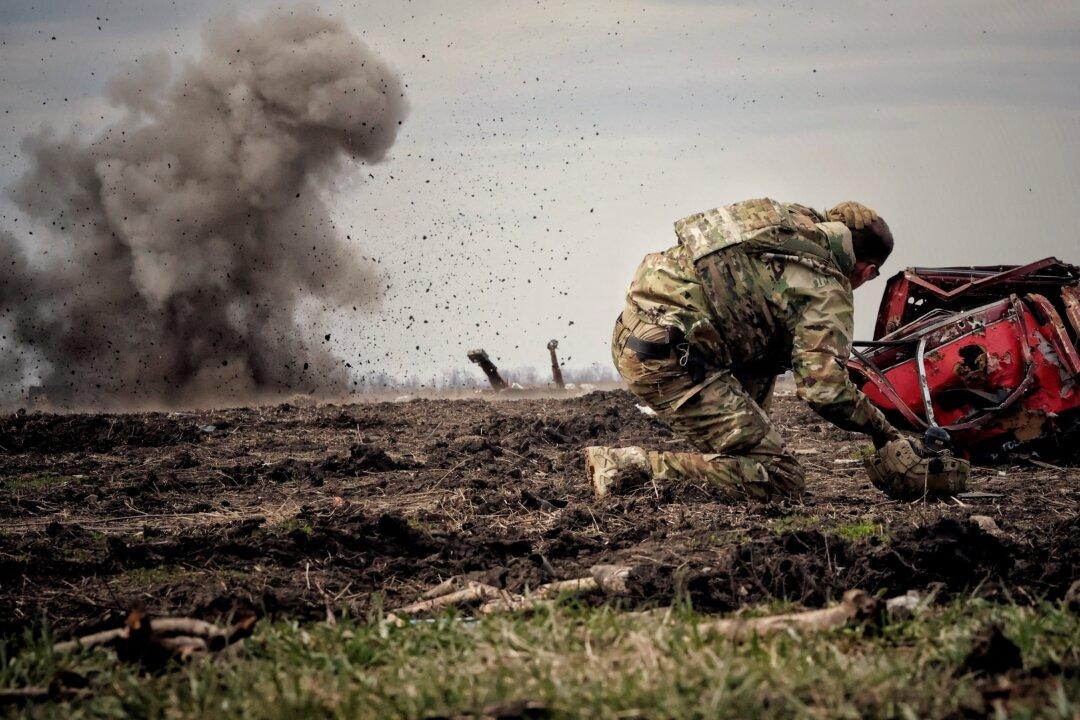Analysis
Kyiv’s ongoing offensive in Russia’s Kursk region, now in its fourth week, has been hailed in the West as a potential game changer by bringing the war to Russia’s doorstep.

Kyiv’s ongoing offensive in Russia’s Kursk region, now in its fourth week, has been hailed in the West as a potential game changer by bringing the war to Russia’s doorstep.